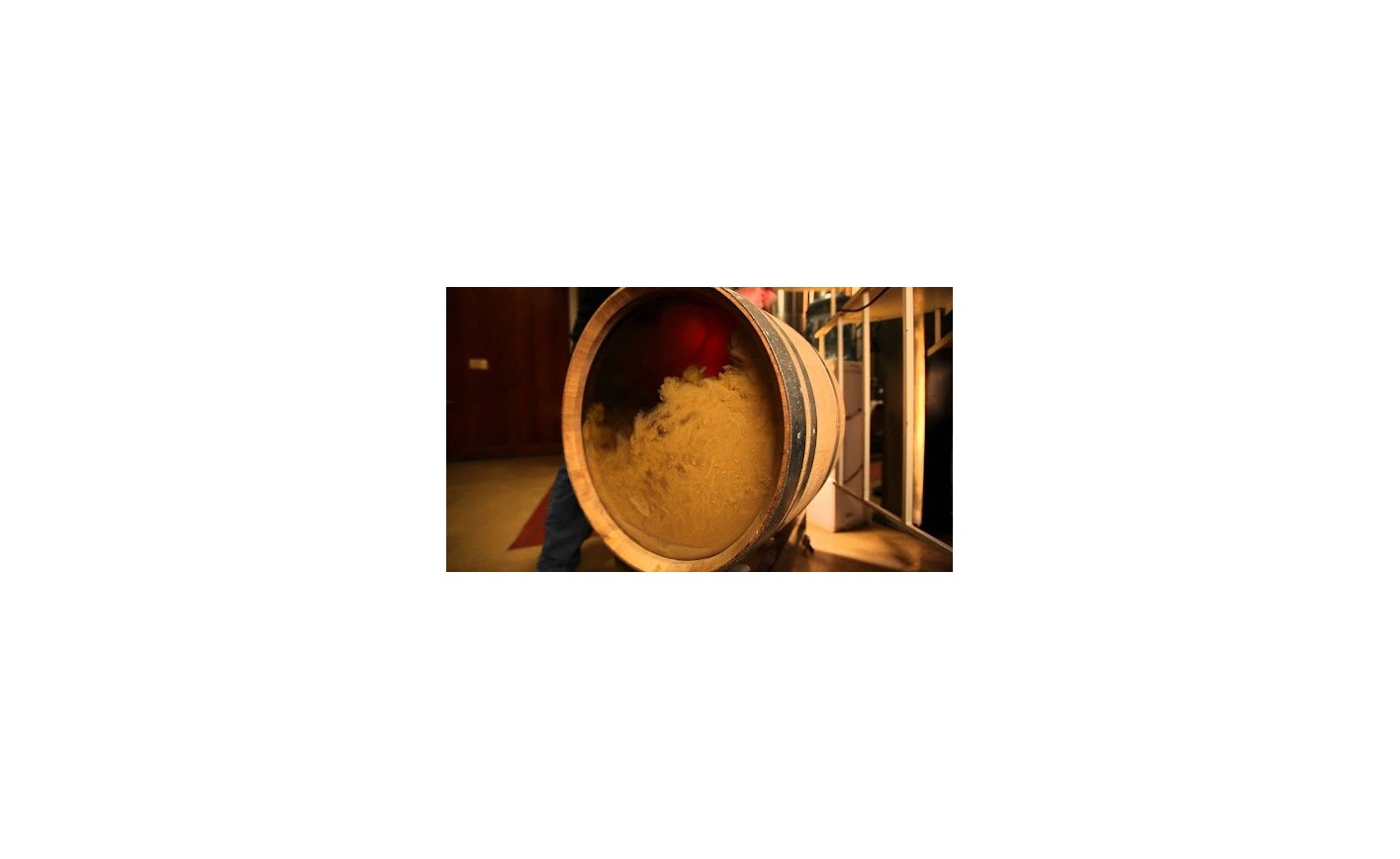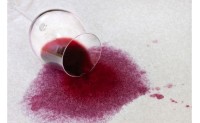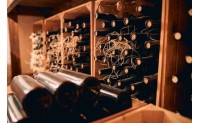
Unveiling the Enchantment of Ageing on Lees: The Best Kept Secret in the World of Wine
It is becoming more and more common to find Albariño wine aged on lees, but what does it mean that a wine is aged on lees? What are lees? Today we explain it all to you. Attention!
What is ageing on lees?
In simple terms, lees ageing is a method of wine ageing that involves leaving the "lees" or residues of yeast and grape particles in contact with the liquid for a prolonged period of time. These lees, composed mainly of dead yeast, grape pulp and other sediments, add an extra dimension to the ageing process and can have a significant impact on the flavour, texture and complexity of the wine.
The Process Behind the Enchantment
The lees ageing process generally begins after alcoholic fermentation, when the wine is racked into barrels or stainless steel tanks, keeping the lees in contact with the liquid. During this ageing period, which can last from a few months to several years, the lees release compounds that interact with the wine, contributing to its aromatic and taste development.
Sensory and Perceptual Benefits
One of the most distinctive characteristics of wines aged on lees is their aromatic and gustatory complexity. This process can give the wine notes of toast, yeast, ripe fruit and a creamier texture on the palate. In addition, lees ageing often helps to preserve the freshness and acidity of the wine, providing an exceptional balance between structure and smoothness.
Types of lees
Finally, there are two types of lees: thick lees and fine lees.
- Thick lees are made up of grape pips, grape skins and wine tartrate. This type of lees can give a bad smell (dirty) and make the wine taste a little bitter, so they are usually discarded.
- For the production of Albariño wines on lees, the so-called fine lees are used, with a soft yellow colour and a mild bakery smell, produced by the yeast.
.png)
Varieties that Shine with Lees Ageing
While lees ageing can be applied to a wide variety of wines, some grape varieties particularly excel with this process. White wines, such as Chardonnay, Riesling and Sauvignon Blanc, are notable examples, as lees ageing can enhance their fruit character and give them greater depth and complexity.
Finally, we recommend some interesting options that you can find on our website, such as for example:
- 971 blanc de blancs: White wine from Vins 971, under the denomination V. T. Mallorca. Before the manual harvest, the grapes are selected in the vineyard. Each grape is vinified separately. The grapes are macerated in the press for a few hours and then fermented at a controlled temperature in stainless steel tanks, except for the Giró, which is fermented and aged for 6 months in oak barrels. The rest is left for 4 months on its fine lees before blending.
- Macià Batle Sauvignon: White wine from the Macià Batle winery, under the V. T. Mallorca. T. Mallorca. After pre-selection of the grapes in the vineyard, fermentation takes place in stainless steel tanks at a controlled temperature. It then spends two to three months on its lees before bottling.
- Guitian sobre Lías: White wine of the Guitian winery, under the D. O. Valdeorras. The grapes were harvested by hand in boxes. Once in the winery, the grapes were destemmed, crushed and underwent a cold pre-fermentation maceration. Finally, it is fermented in stainless steel tanks at a controlled temperature where it rests with its lees for 2 months


